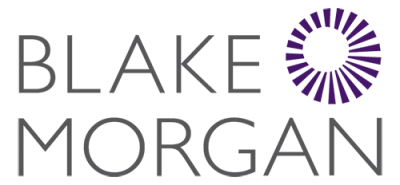Author: Simon Stokes
Guidance is now available on a anti money laundering for the UK art market and those from overseas coming into the UK to sell works of art.
On 7 February the UK's HMRC (the UK tax authority) published long awaited guidance on anti money laundering (AML) for the UK art market. In fact offences in relation to money laundering have been in place – and have applied to art market participants - for many years under the Proceeds of Crime Act 2002 (POCA). What is new is that from 10 January 2020 art market participants who deal in sales, purchases and/or storage of works of art (as defined in s21(6) of the VAT Act 1994) with a value, for a single transaction or a series of linked transactions, of 10,000 euros or more, will be subject to further AML obligations, under the Money Laundering Regulations 2017 (as amended by the EU Fifth Money Laundering Directive).
Works of art include typically understood works of fine art – paintings, sculptures, engravings, lithographs and limited edition prints, and original photographs (or limited edition photographs) as well as certain more specific items – ceramics made by an artist and signed by him, tapestries or other hangings made by hand or in a limited edition, and enamels on copper executed by hand, signed, a one off or limited edition and not jewellery (or the work of a goldsmith or silversmith). Not included to the relief of many auction houses and dealers are antiques (such as furniture, early automobiles etc.) and collectors’ items (such as coins, ethnographic items and stamp collections). But the guidance notes that conceptual works of art would fall within the definition in the Regulations.
Fundamental to the Regulations is a requirement that art market participants must identify the physical person who they are dealing with in any transaction or, when dealing with a corporate body or a trust, the person or persons who control that entity. In other words, “Who are you really dealing with?” This is known as customer due diligence (CDD).
Any person or entity identified in this way will also be required to verify and prove their identity, either through identity documents or official corporate documents, or electronically.
This doesn't spell the death of commercial and personal confidentiality for the art market as some have feared. But these new rules are designed to limit the risk of confidentiality being abused in order to hide illicit activity. The Guidance notes that while confidentiality and discretion will continue to be a feature of the art market, the changes introduced by the new regulations may in some cases result in a degree of increased transparency between art market participants.
To support the requirement to ascertain and verify identity is a regulatory structure. The Guidance stresses that art market participants who deal in sales, purchases and/or storage of works of art with an individual value, for a single transaction, or a series of linked transactions of 10,000 euros or more will be required to register with HMRC, put in place anti money laundering processes, nominate a person responsible for anti-money laundering compliance, train staff, report suspicions and keep records. Compliance with these requirements may be checked by HMRC through a range of compliance activity.
The guidance document was produced by the British Art Market Federation (BAMF) and has been approved by HM Treasury. It reads well, is comprehensive (in so far as any guidance to a complex area can be), and contains some very useful tables and practical examples. Those involved in producing it are to be commended for doing so as it will be an invaluable resource not just for BAMF's members (and their broader membership through art market trade associations part of BAMF) but all in the UK art market.
It is also relevant to dealers overseas who come to the UK to do business. The guidance specifically notes that overseas dealers coming to the UK to sell works of art fall within the scope of the Regulations and so need to register with HMRC.









